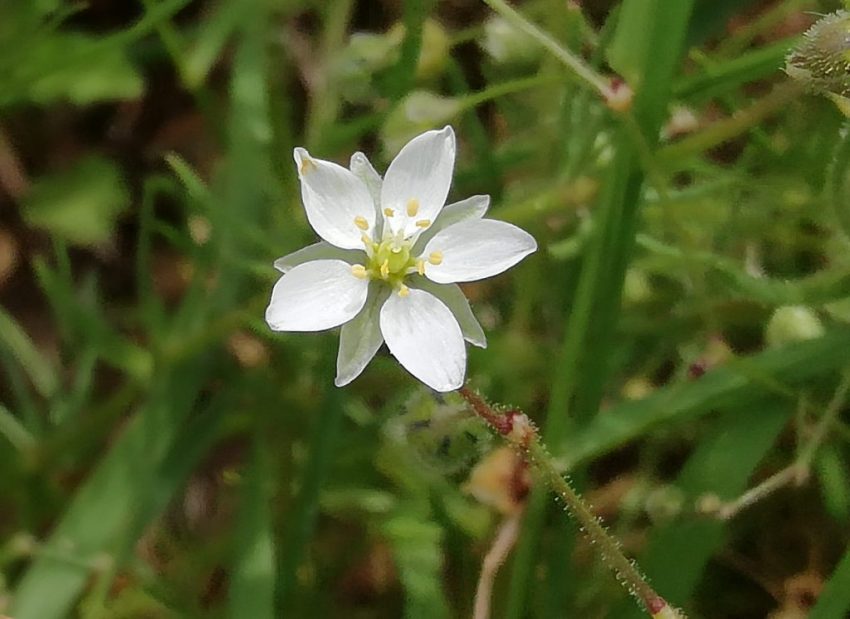A family walk around fields off the Alfriston Road
There is a track that runs out of Seaford from Alfriston Rd towards Alciston and passes the Last Wood, I think it’s called The Comp. When I visited with my family in early June the fields contained oil seed rape which was developing seed. My husband and grown up kids were very patient with me as I stopped every few minutes for a pic!

Flowers of the field margins
I’ve seen a lot of Common toadflax, Linaria vugaris, this year – it’s a lovely blousy plant. I’m not so familiar with Field madder, Sherardia arvensis, but the pale blue does tend to stand out, and I might have had trouble identifying it if I hadn’t seen it when out with the Wildflower Society in Eastbourne last year. The Wild carrot, Daucus carota, was some of the sturdiest I have seen, but easily identified by its central red dot. The Corn spurrey, Spergula arvensis, was new to me but confirmed using my copy of Rose followed by a trawl of web images.
I failed to identify the pale pink Brassica* which looked like it was the remains of a previous crop by the way it was spread about, but the nearest thing I could find was Hesperis.
As a bit of an amateur I also failed to identify the mayweed because I failed to sniff it at the time! I assumed it was unscented because it doesn’t look anything like the annual chamomile which grows in my garden.
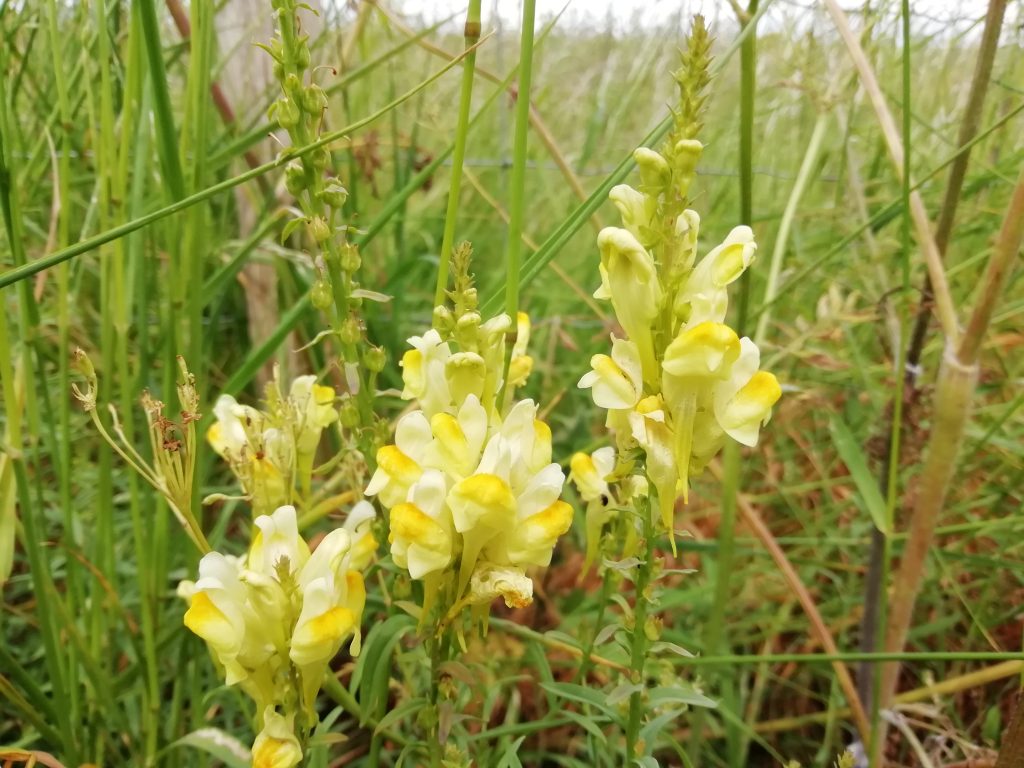
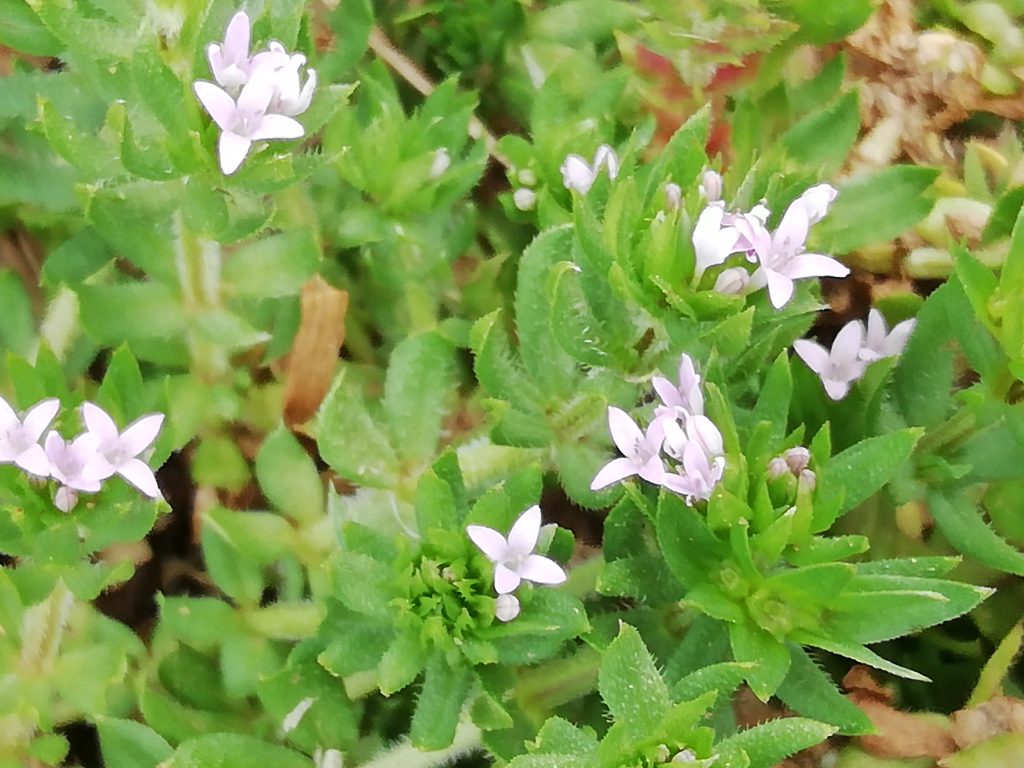
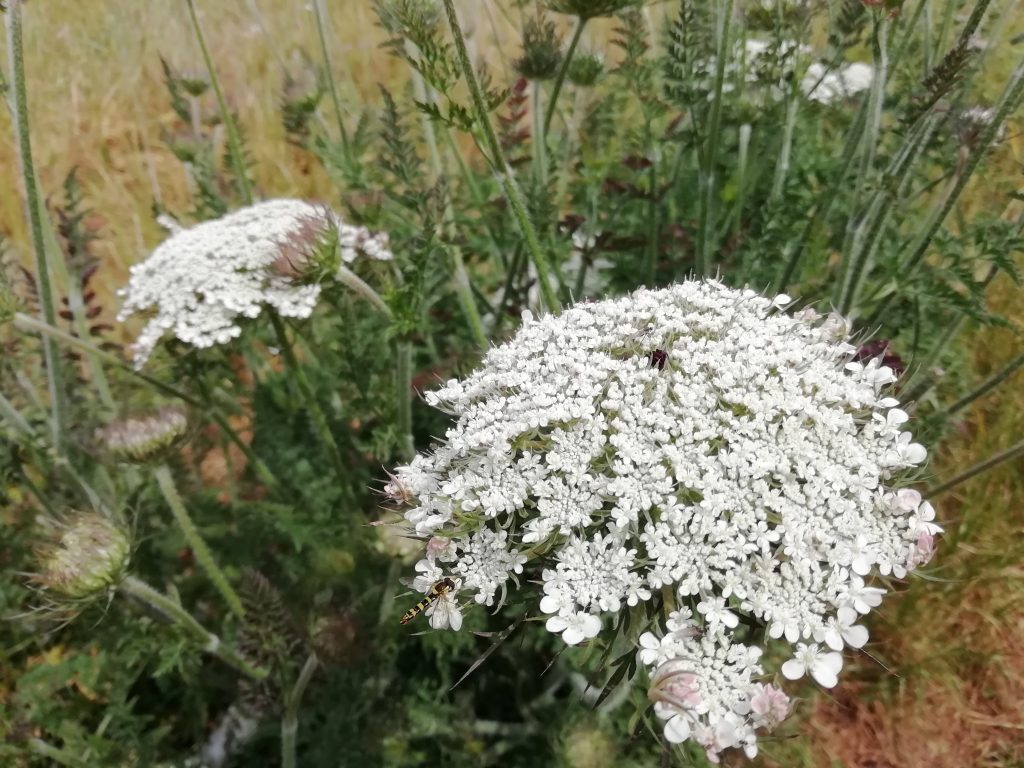
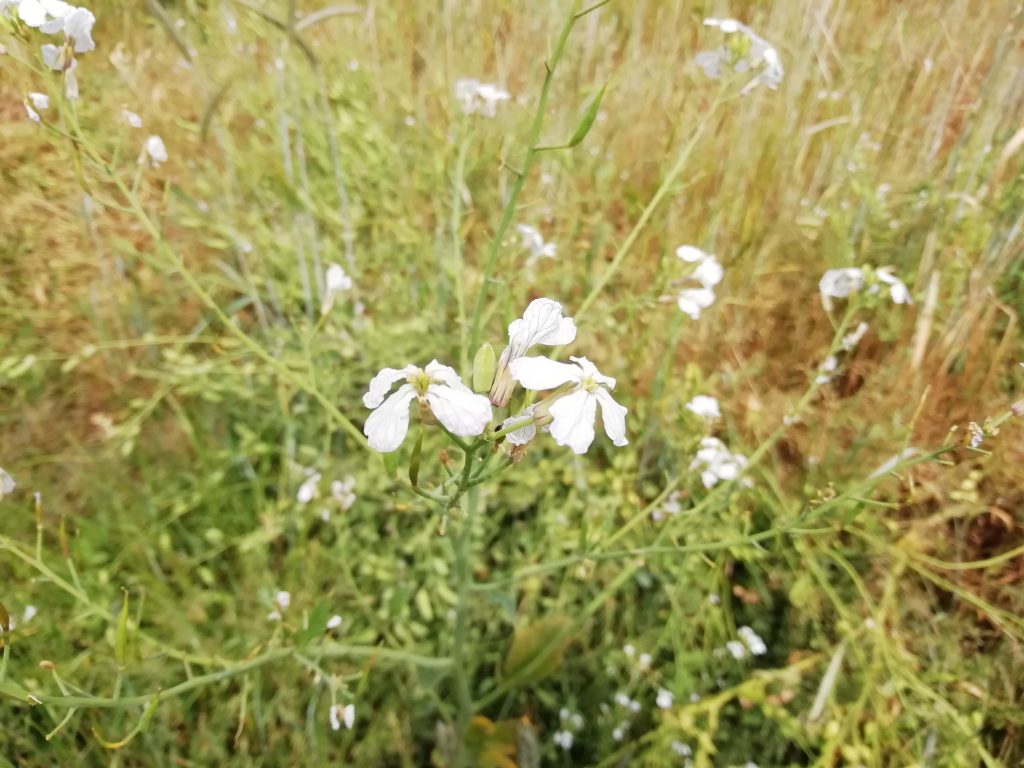
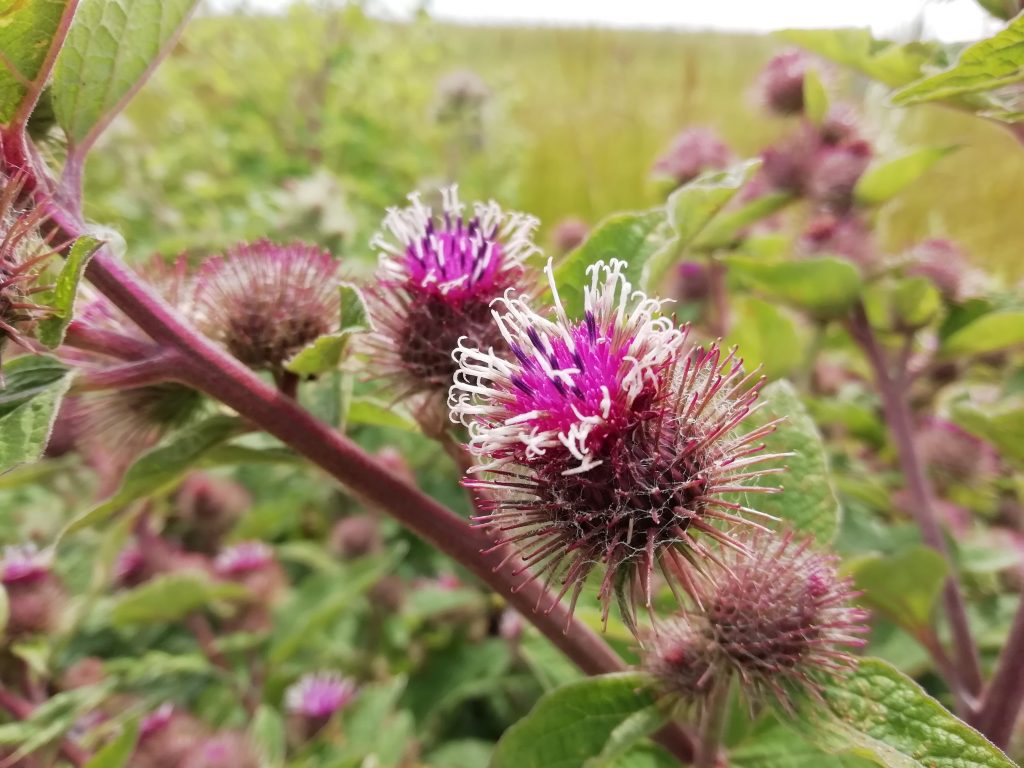
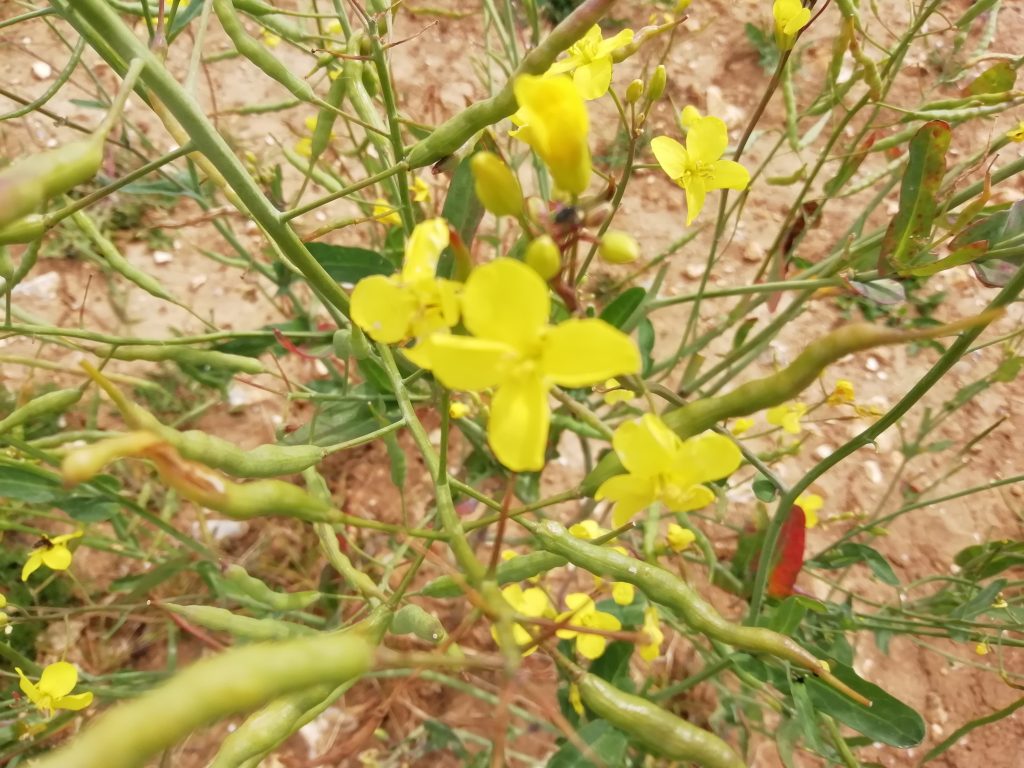
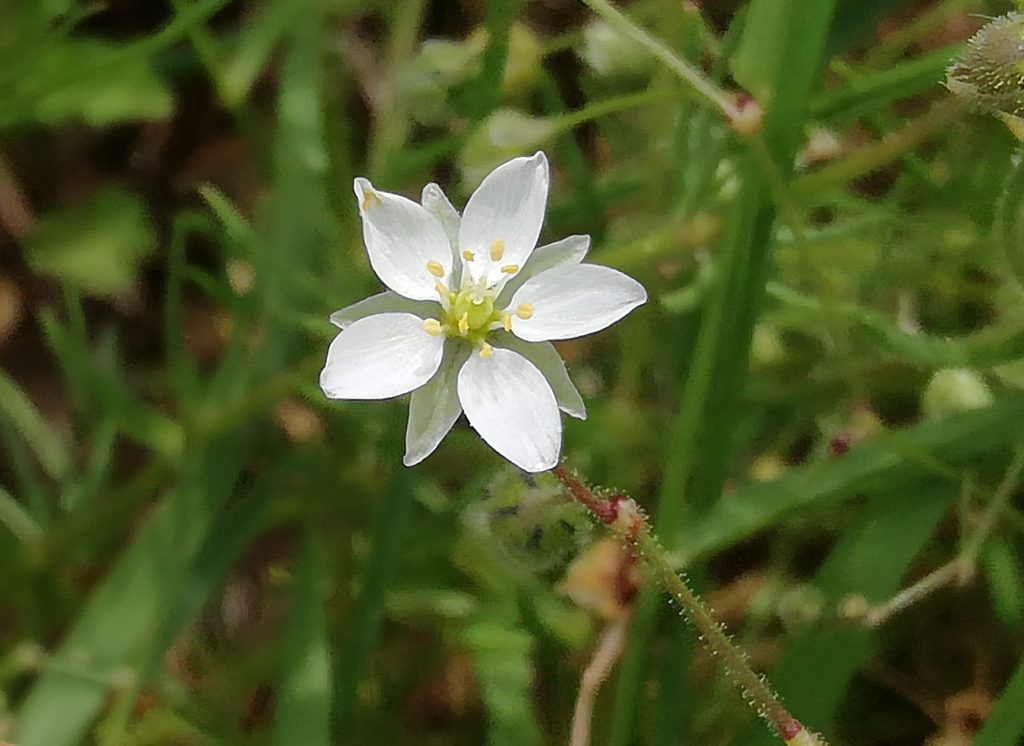
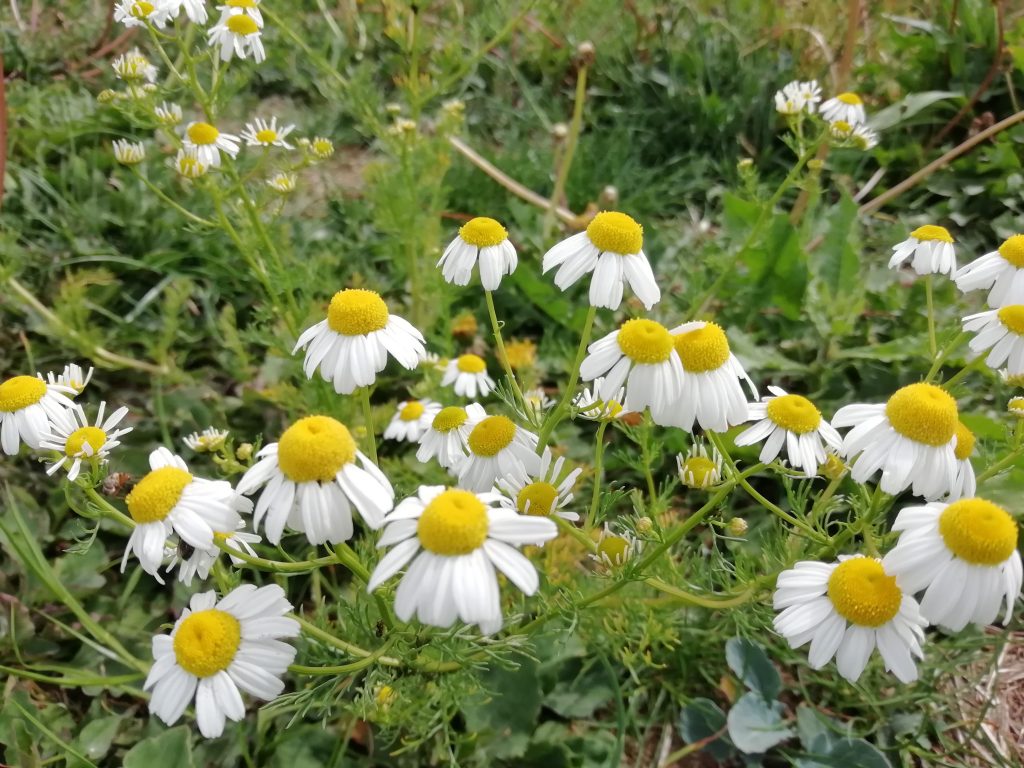
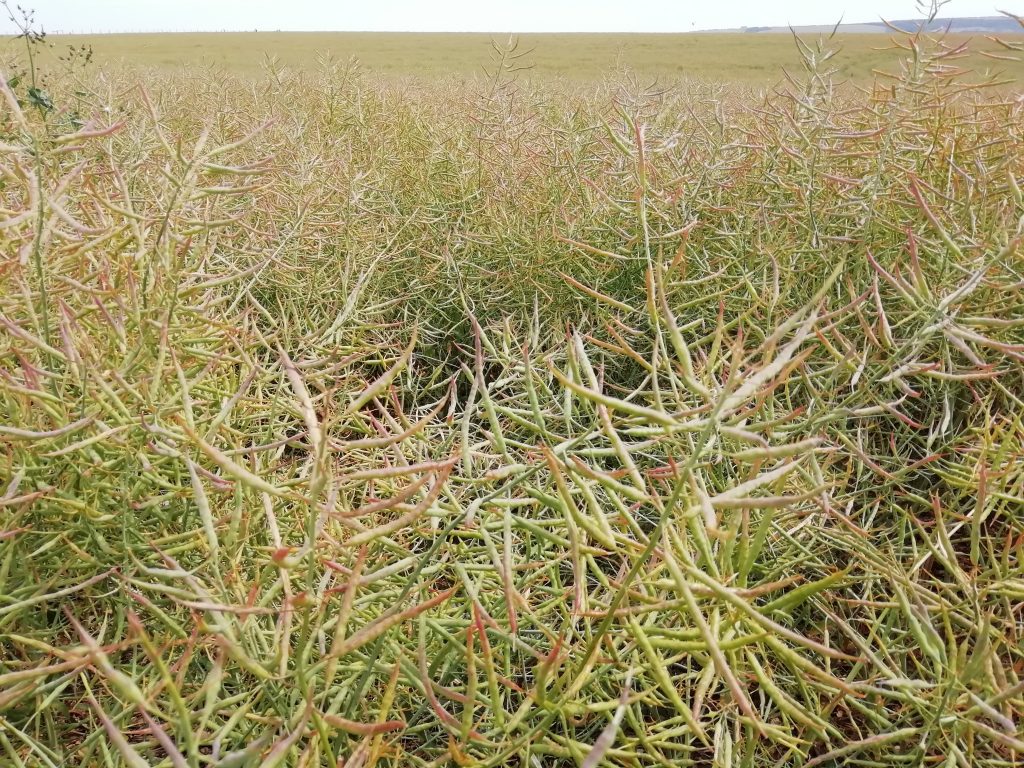
Wildflower meadow between commercial crops
We came upon a wildflower meadow which was beautiful and bounded on two sides by shrubby banks. I don’t know the area well enough to know if it was artificially sown, but it was gorgeous.* In amongst various grasses I could see oxeye daisy, sainfoin, purple and yellow vetches and white clover.
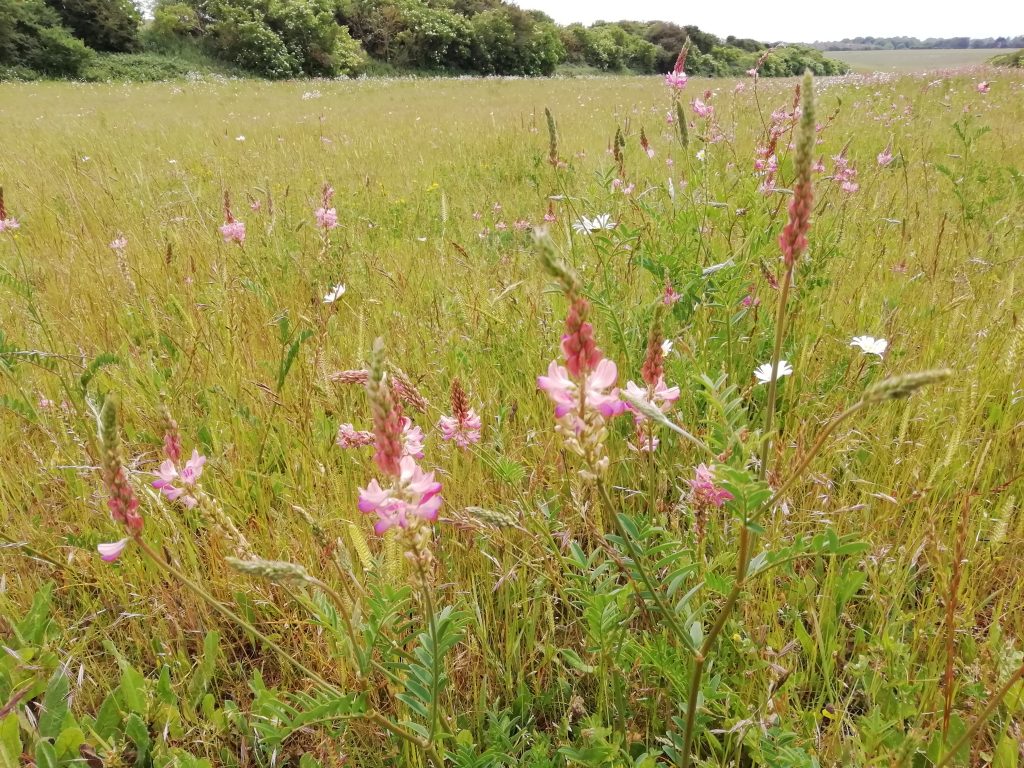
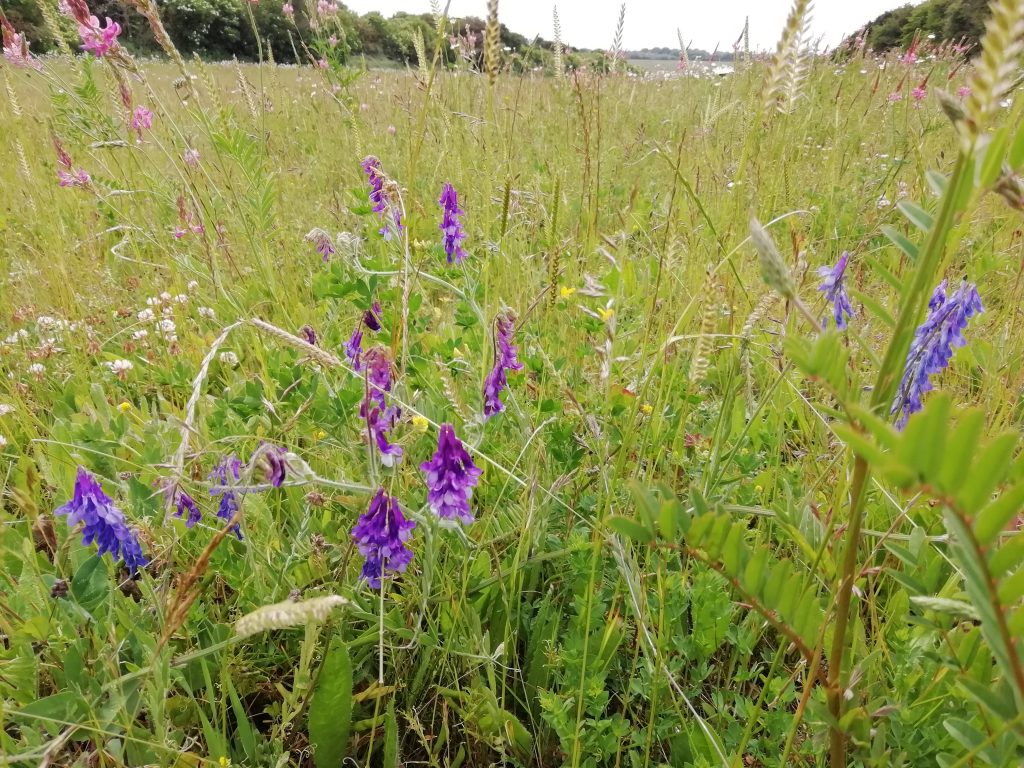
Hedgerow campion
Walking back along the outside edge of the wildflower meadow, along the hedge in the left of the above pics, there were two large patches of campion. I think both were Silene vulgaris as they were both about the same height and both growing in long grass, but the first was pure white, and the second had a touch of pink in the bladder.
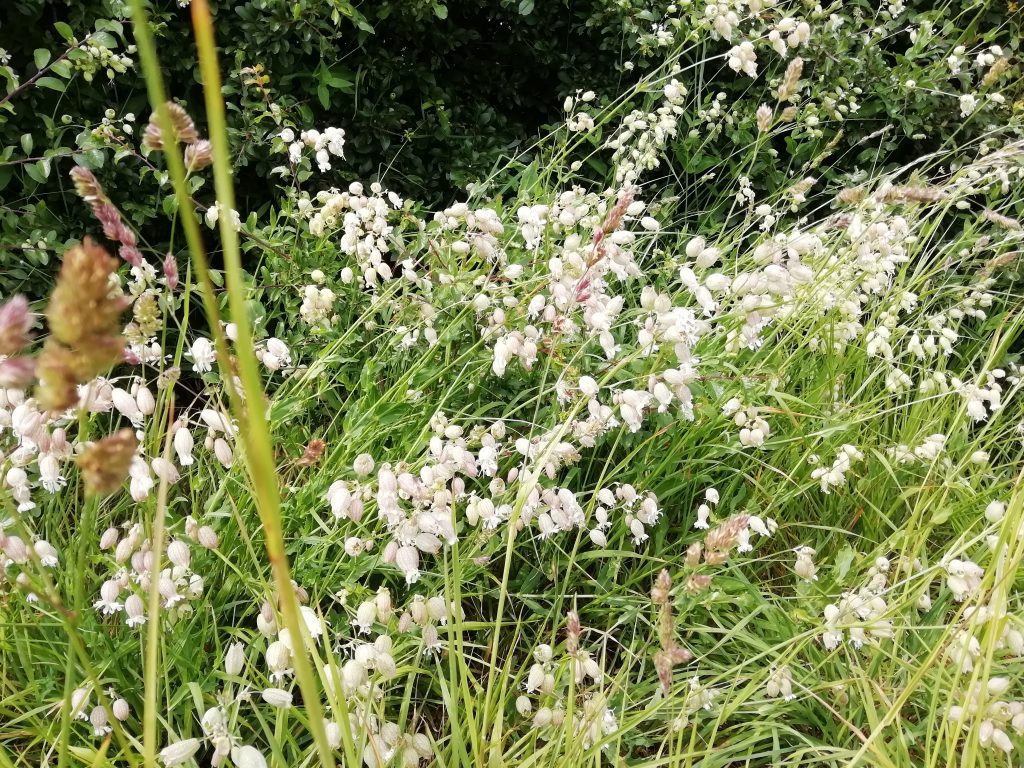
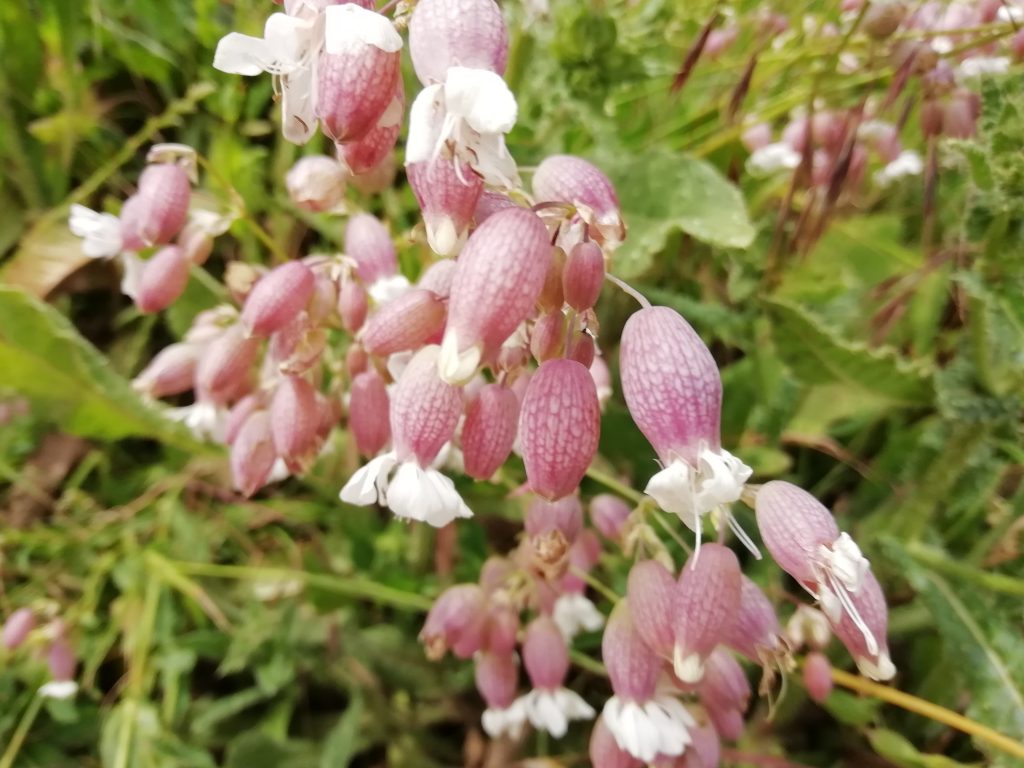
Seaford in Sussex is my home turf and some of my posts about local wildflowers are tagged Seaford
http://photographingwildflowers.co.uk/tag/seaford/
I also have a blog about dried flowers and you can read there about why I have annual chamomile growing in my garden!
*Update Jan 2021 – In writing my page about vetches, I found out that there are various bulk wildflower seed mixes available to farmers for the Countryside Stewardship scheme. There are a few pollen-rich mixes containing Sainfoin and Vetch. Beautiful!
In the same google session I found a farmers seed website selling something looking very like the unidentified brassica above – Fodder Radish, Raphanus sativus, for use as a green manure.
I visited this area again on my way back from Cradle Valley Seaford in July 2021.

